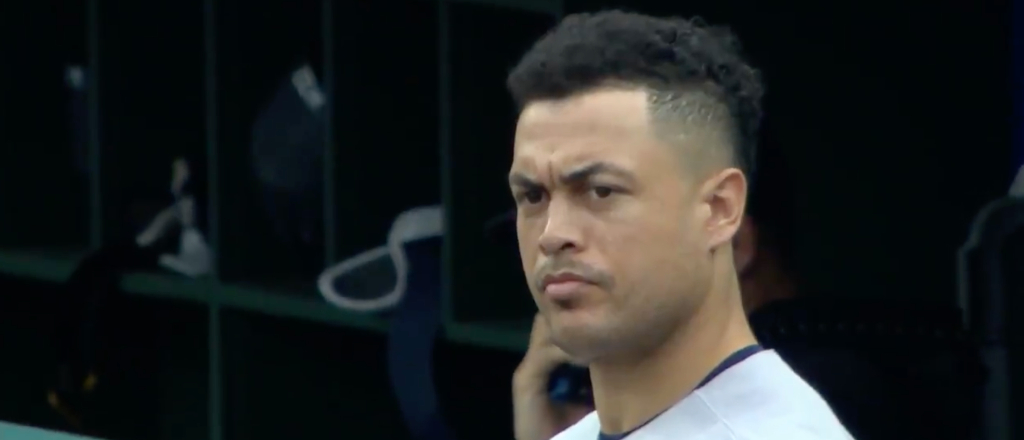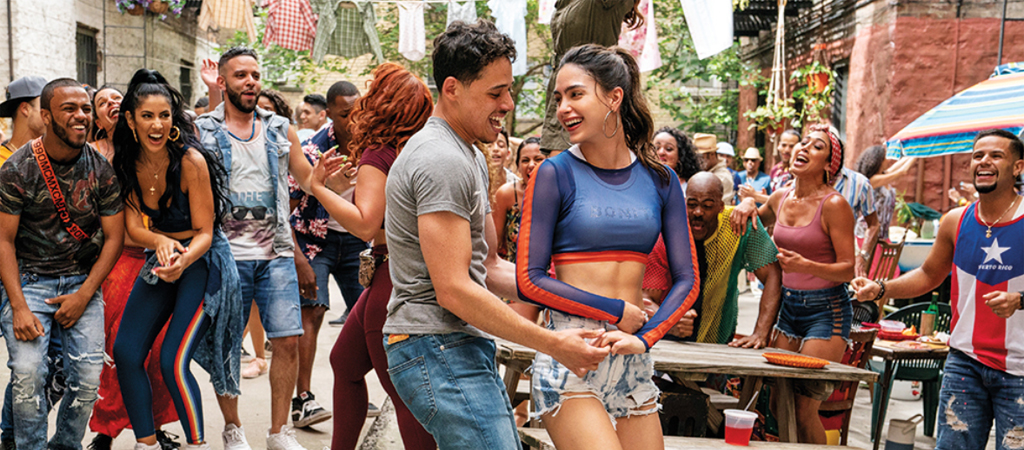
The top film at the box office is going to come down to the wire this weekend, which is the first “crowded” weekend since the pandemic began. Not all theaters have fully reopened and with capacity restrictions still in place, there’s still limited seating, which means that the ceiling for the box office may still be capped slightly. What that meant this week is that there weren’t any $50 million grosses, but there were 5 films in the $6-$11 million range.
That comes as a disappointment for Jon Chu’s In the Heights, an audience pleaser (and one of the best movies of the year) based on Lin-Manuel Miranda’s first Broadway play. Unfortunately, despite great reviews (96 percent on Rotten Tomatoes), and an A Cinemascore, the film failed to meet expectations. Warner Brothers had hoped for $20 million or more over the weekend, but the musical only managed to muster around $11.4 million.
There are caveats, of course. The film was also released on HBO Max on the same day, and for a title without a lot of IP value, audiences may have opted to watch it at home. It also explains why, according to Deadline, a large percentage of its business came from New York City, where the movie is set (and where Broadway audiences are more familiar with the title). It didn’t help, either, that Lin-Manuel Miranda — the biggest name associated with the film — only had a small role in the musical. Still, it’s something of a bummer, because it’s a movie that deserves to be seen with a large audience. It’s hard to overstate what a genuinely fun film In the Heights is to experience.
The film, however, narrowly lost out to A Quiet Place Part II for the top spot, even though it’s the third weekend in the marketplace for the John Krasinski directed sequel. It continues to perform fairly well, earning $11.7 million to become the first film since the pandemic began to cross $100 million (it sits at $108 million now). It might help, too, that A Quiet Place Part II is not available anywhere else but in theaters now, although it will land on Paramount+ in about three weeks.
Sony’s Peter Rabbit 2: The Runaway, meanwhile, looks like it will open with around $10.4 million, less than half of the $25 million opening of the original Peter Rabbit, which went on to earn $115 million stateside. Critics were mixed (68 percent on RT), although kid-friendly audiences liked it a lot (A- Cinemascore). The film was delayed by the pandemic and missed a more opportune March/April opening, but don’t cry for Sony. The film was modestly budgeted at $45 million, which it’s already managed to earn overseas.
It looks like Peter Rabbit will also lose out to The Conjuring: The Devil Made Me Do It, which looks as though it will earn around $11.3 million, good for third place and a $45 million running total in 10 days. Recall, too, that The Conjuring sequel is also still airing on HBO Max. In fifth place, meanwhile, with $6.7 million is Cruella, which has now earned $56 million after three weekends, plus however many tens of million of dollars it has earned on $30 surcharges on Disney+. Spirit Untamed, meanwhile, landed in sixth place with $2.9 million and $11.3 million overall, which is notable if only because there are now enough films in the marketplace to extend the box-office to the top six movies!
Next weekend will see one new wide release, The Hitman’s Wife’s Bodyguard, which actually opens on Wednesday, probably to get an extra two days before F9: The Fast Saga opens on June 25th and gives us a good idea of just how much earnings are possible in theaters right now.
Source: Deadline, Box Office Mojo

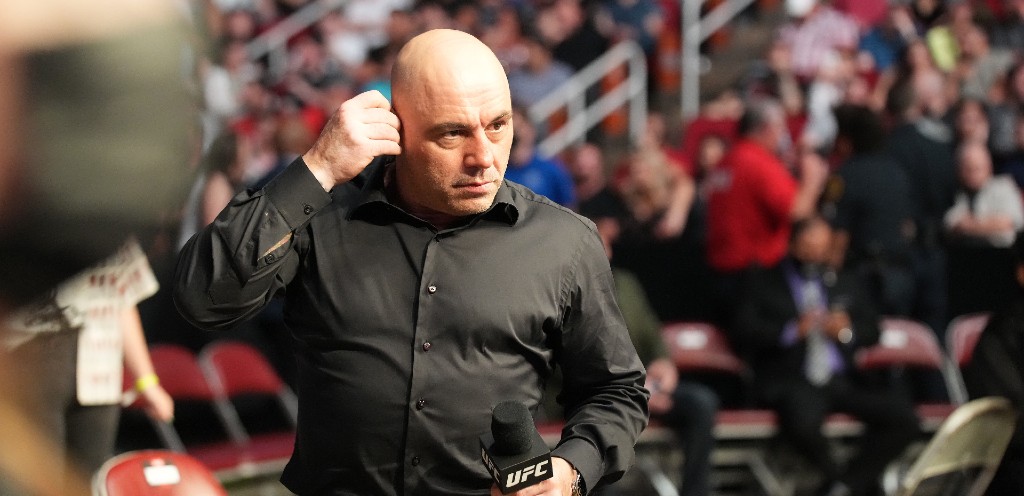

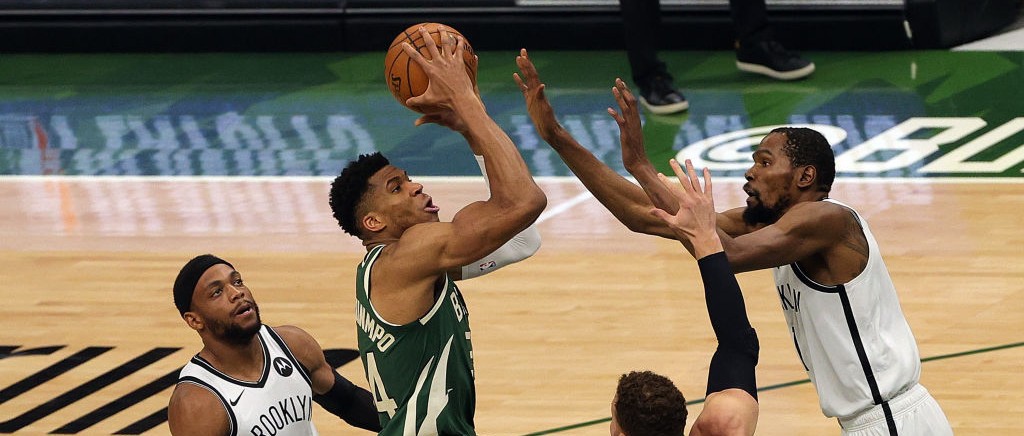
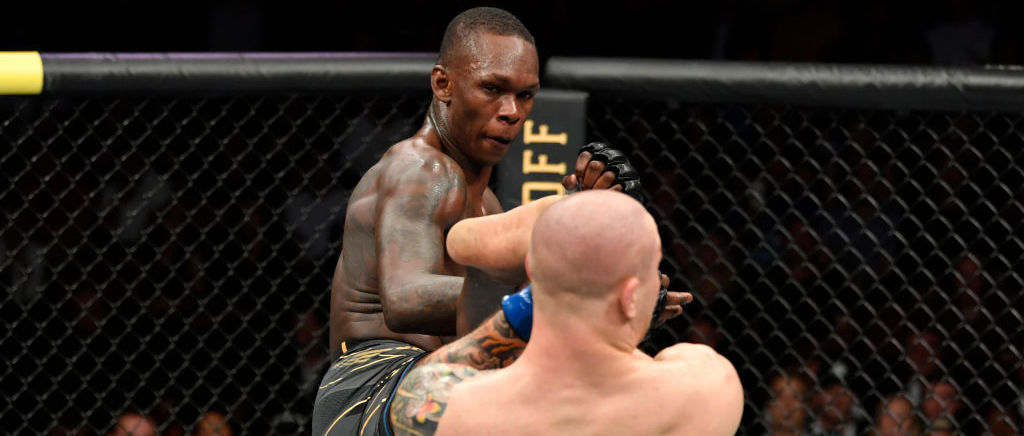



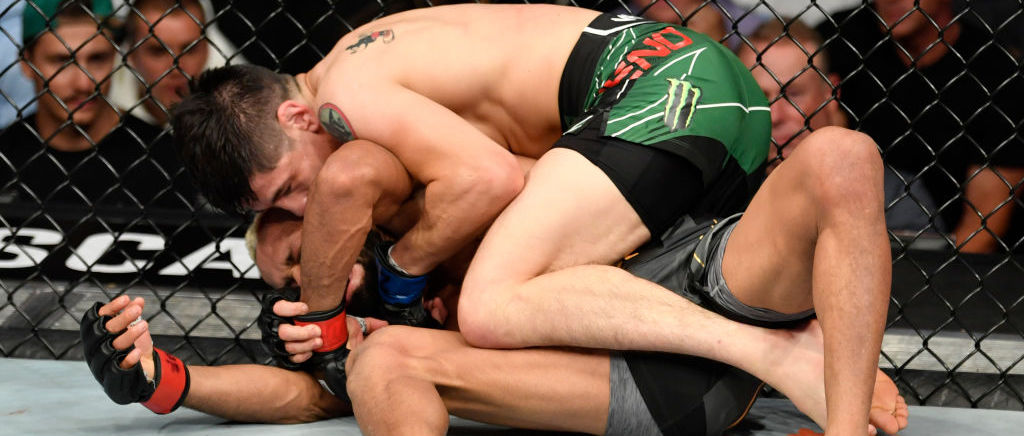








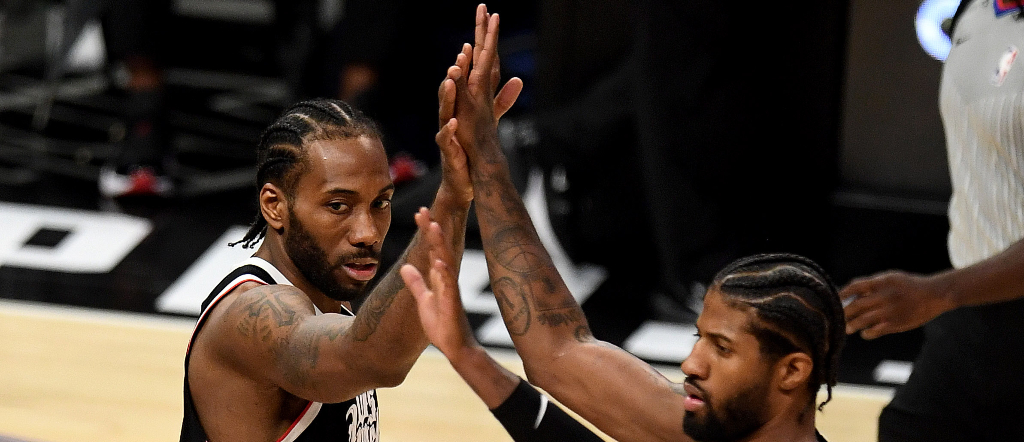
 Slam
Slam 
 ABC |
ABC |  LUUUUUUUUKEEE
LUUUUUUUUKEEE 


